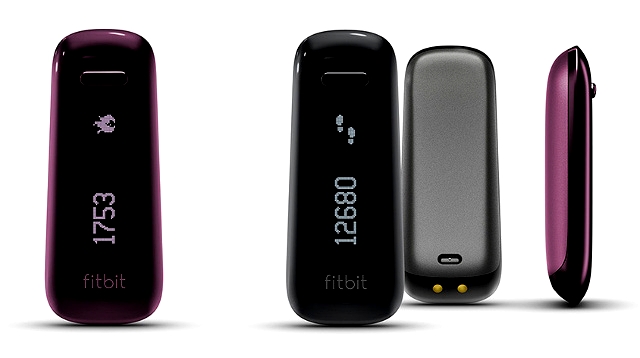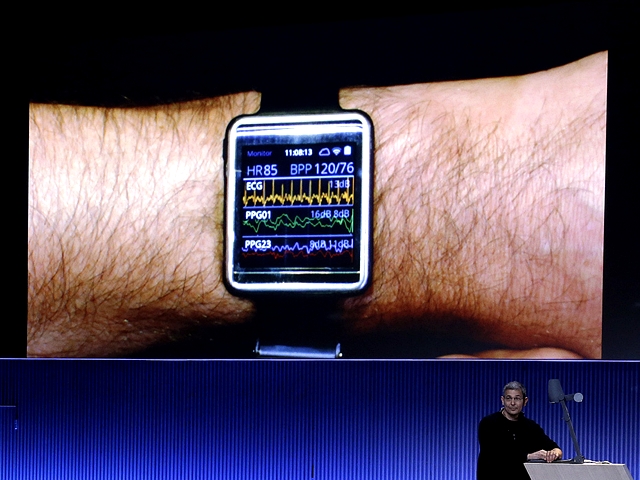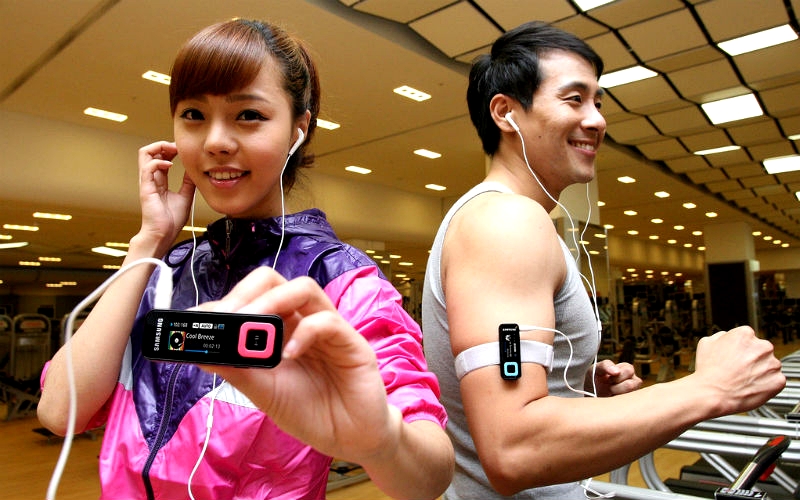There's so much more to health tech than wristbands

The technology and health arena has seen massive growth over the last couple of years. Wristbands are everywhere you look. Mobile phones are getting pedometers. Apps that can monitor activity abound. We're becoming a society which is focused on the concept of wellness. Heck, even Apple, the great god of all things stylish, might be getting in on the act.
But the relationship between technology and health goes a lot further than a wrist or pocket-friendly gadget that can count your steps.
Fitbit's got a lot to answer for
The Fitbit might not have been the first pedometer to appear, but it was arguably the first one that really captured people's imaginations, and made the pace-counting, goal setting, badge achieving approach to wellness cool.
Wristbands followed on, with companies joining in from different sides of the technology world: Nike, Garmin, Sony, Jawbone, Archos and plenty more. Intelligent home scales have arrived on the back of the wristband/pedometer craze; these can measure your weight, obviously, and take a stab at your BMI. There are also a few home-use blood pressure monitors out there.
Much of this kit can share the data it gathers with an app. Combine the info from the scales and a pedometer with sleep pattern data that some fitness gadgets can also record, then add information about your food intake, and there's quite a lot of data to be graphed, compared and perused. Set goals and you can adjust your activities to meet them.
Storing up the goodness
Of course, this has to be a good thing. People who take care of their health are people working on prevention -- which we all know to be better than cure. And that goes on several levels. Personally, wouldn't you rather be healthy than not? Wouldn't you rather be leaner, fitter, more able to run for the bus than not? Longer term, wouldn't you rather be less likely to get illnesses that can be caused by a sedentary lifestyle? I'm guessing the answers to all of the above questions is yes.
We're constantly told by politicians and health service types that there's less money around than there was. Treatments cost more than they used to, we live longer and need more care over our lifetimes. So the health service is keen on us having healthier lifestyles too. By using tech to keep trim we're helping ourselves now and later in life, and saving the country money too. It's a win-win situation.
The next level
All this is only the tip of the iceberg, though. The whole wellness thing isn't going away. In fact it's going to get a lot more sophisticated, and we might see some convergence of the consumer sector with more demanding medical data recording.
Samsung is one tech company that can see a potential convergence between its more consumer-style approach to health and sophisticated medical applications. The firm's recently announced Simband is a wrist worn gadget that can display information collected from different devices -- and these could be very sophisticated devices indeed. At the same time as it announced Simband, Samsung announced the SAMI (Samsung Architecture Multimodal Interactions) software platform through which Simband functions.

The Simband and SAMI are both open projects -- and that's open software, hardware and mechanical data, so third parties can build on them. You can't buy a Simband -- it's a 'reference platform'. But Samsung is hoping it will take off, and maybe next year we should see some developments.
Swallowing a sensor
It is one thing to use sensors on the body to collect information, but what about sensors inside the body? Well sure, why not? There are plenty of examples of technology being used in this way. How about Proteus Digital Health, for example. It has developed a sensor you can swallow.
As it passes through the body the sensor collects information. It can monitor periods of activity and rest, but also, because it goes where your food goes, it can monitor other things, for example checking you've taken medication and noting when you took it. The sensor even uses your stomach fluids as a power source.
There's a patch you wear on the skin that collects information from the sensor and relays it to other devices -- tablet, smartphone, whatever. Using a system like this, if you needed to keep an eye on grandpa to make sure he's taking his pills, you could.
There are other companies making pills you swallow with different roles. The aptly named pillcam has a mini-camera built into it and takes photos as it passes through your body. Images are saved on a device you wear and the camera itself is just flushed away.
And even more advanced options are in the offing, including sensors which can sit in your bloodstream and keep an eye on a whole range of conditions.

A revolution in healthcare
All this technology sits on a broad spectrum that runs from general wellness, through to monitoring chronic conditions and notifying us of changes in key measurables that might be the precursors to heart attacks, strokes or other potentially life-changing events.
While the levels of sophistication might be far greater than in your average wrist-worn pedometer, the underlying ethos is the same. We're right back to prevention being better than cure.
So, next time someone tells you that the app you keep checking to see if you've reached your daily goals is a bit nerdy, tell them about prevention, cure and how tech is quietly changing the whole health landscape -- for the better.
Published under license from ITProPortal.com, a Net Communities Ltd Publication. All rights reserved.
